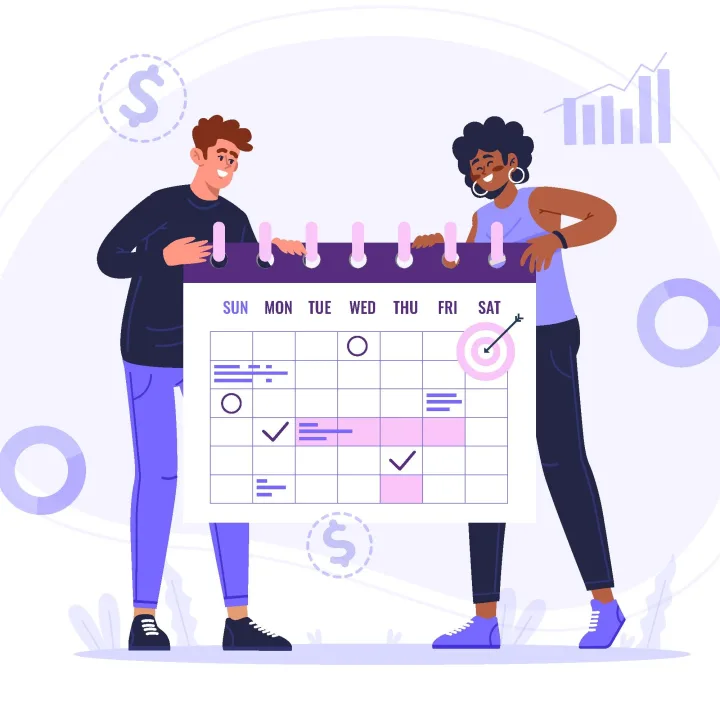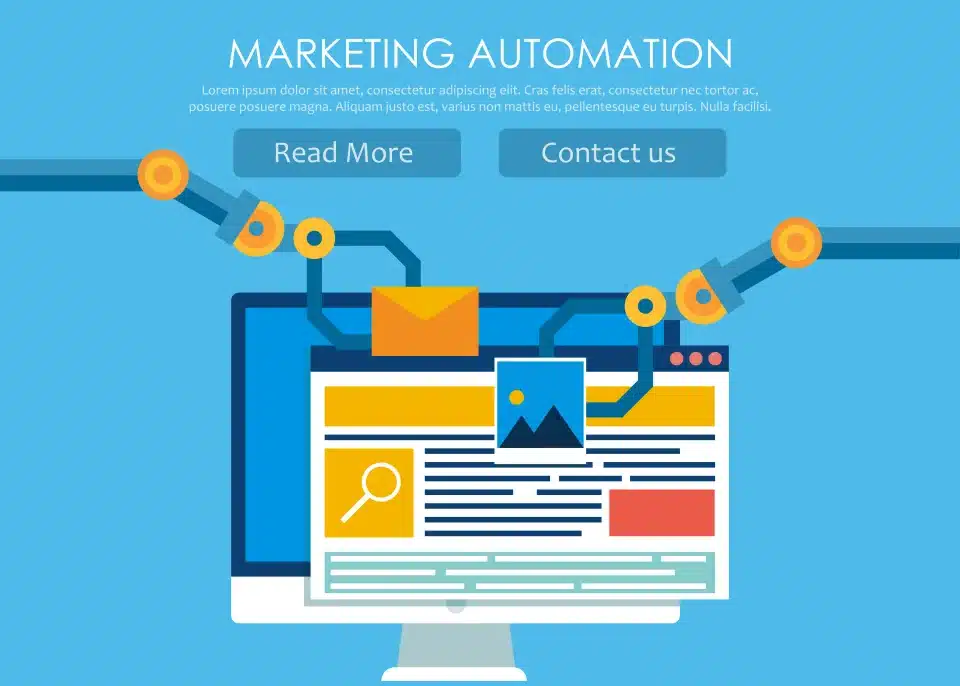
In today’s fast-paced digital world, the distinction between tech partners and vendors isn’t simply a matter of language; it’s a whole new approach to creating, scaling, and owning software. Businesses don’t want to just give you a list of requirements and hope for the best anymore. They want tech partners who feel like members of their company. This approach is the “In-House Feel” Model, and it’s changing the way firms today think about making custom software.
At Stremeline, we’ve seen how tech partners can provide clarity, ownership, and co-creation to vendor relationships that are otherwise chaotic. These are three key pillars that make these relationships work smoothly and with a lot of trust. If you’re the founder of a SaaS company, the CTO of a rising startup, or in charge of digital transformation at a big company, knowing how the tech partners model works is the key to getting things done faster, with less risk, and with software that truly works.
Why the Vendor Model Doesn’t Work
We designed the old vendor model for a different era. You submit a lengthy request for proposals (RFP), wait weeks for bids, select the lowest bid, and rely on luck. Six months later, you have too much code, the project keeps getting bigger, and your crew disappears as soon as you sign the contract.
Here’s what goes wrong:
- No shared ownership: the seller delivers, and you get it.
- No context: They don’t know who your users are, what your roadmap is, or what your OKRs are.
- There are problems with communication, like emails, tickets, and “out of scope” replies.
- Handover risk: On the first day of manufacturing, knowledge walks out the door.
Not only is this a waste of time, but it’s also costly. Gartner says that 70% of digital transformation projects fail because the vendors don’t work well together. That’s why smart businesses are eliminating vendors and partnering with tech companies instead.
What “In-House Feel” Really Means
When clients say they want tech partners who “feel in-house,” they don’t mean they want free pizza on Fridays. They seek a partnership that
- Your success means their success.
- Your plan is the same as their backlog.
- Your team is their team.
It’s not about being in the same place or wearing the same hoodie. It’s all about being in sync at every level. The finest tech partners fit into your routine, like your standups, retros, wins, and firing. They do more than just write code. They are responsible for the outcomes.
We at Stremeline define the In-House Feel as:
“A partnership for custom software where the outside team works with the same speed, openness, and responsibility as your own staff.”
That’s what IT partners give you. The process begins with three unchangeable elements.
The 3 Pillars of the Tech Partners Model

1. Clarity → Never a Surprise
Great tech partners make things clear. You receive this from day one:
- Definitions of scope that are very clear
- Dashboards that show progress in real time
- Reports on risks every week
- Visualizations of budget burn
Avoid vague promises like “We’ll do it in sprint 4.” You can see exactly where your money goes and what’s coming up next with tech partners.
2. Ownership → They Care Like Founders; Vendors Ship Features
Tech partners are responsible for the results. They:
- Respectfully challenge faulty ideas
- Propose better designs
- Point out technical debt before it gets worse
- Celebrate launches as if they were their own product
It’s not charity; it’s alignment. Not only do the finest IT partners charge you by the hour, but they also set milestones based on results that directly contribute to your success.
3. Co-Creation: You Make It Together
Notion documents, whiteboards, and Slack conversations are where the magic happens. Tech partners don’t wait for the right specs; they work with you to improve them.
- Sessions for coming up with ideas together
- 48-hour rapid prototypes
- Loops of user testing with your consumers
- Shared retros after each release
This is where new ideas come from. And that’s why tech partners always fare better than suppliers when it comes to speed and quality.
Vendor vs. Partner Mindset: A Side-by-Side Comparison
graph LR
A[Vendor Mindset] --> B[Fixed Scope]
A --> C[Charging by the hour]
A --> D[Knowledge Silos]
A --> E[Hand-off at Launch]
F[Mindset of Tech Partners] --> G[Shared Results]
F --> H[Outcome Pricing]
F --> I[Transferring Knowledge]
F --> J[Ongoing Evolution]
| Part | Vendor | Tech Partners |
|---|---|---|
| Success Metrics | Hours worked | Business KPIs satisfied |
| Communication | Tickets and emails | Slack, stand-ups, and video calls that aren’t live |
| Risk Ownership | “Not in scope” | Taking steps to reduce risk |
| After Launch | Support ticket | Ongoing improvement |
| Feels Like | Outside supply | Team of people who make the product |
Communication Cadence That Builds Trust

Quarterly reviews do not establish trust. Every day, it grows stronger. At Stremeline, we employ this schedule for tech partners:
| How often | What format | Why |
|---|---|---|
| Daily | Check in on Slack | Blockers, wins, and quick syncs |
| Weekly | 30-minute video sync | Next steps, hazards, and progress |
| Every two weeks | Live demo and throwback | Show off working software and get comments |
| Monthly | Alignment of executives | Roadmap, budget, and changes in strategy |
This rhythm makes IT partners real members of your team. No surprises. No silence on the radio. Just movement.
Case Mini-Study: Delivery 40% Faster After Partner Switch
Client: a finance SaaS platform for Series B companies
Problem: 9-month backlog, 3 vendors, and no speed
Old Model: Ticket-based, fixed-bid, and offshore
New Model: Stremeline tech partners (focused on results, built in)
Results After the Switch:
- First MVP: 42 days from now (instead of 120 days)
- Velocity: +40% from one sprint to the next
- Bug Rate: 68% Lower
- Internal NPS: 4 to 9.2
“It didn’t feel like we hired a team; it felt like we finally built one.”
— CTO, Anonymized Fintech Co.
The difference was that tech partners treated the product like it was their own.
90-Day Framework: Move from Being a Vendor to Being a Tech Partner
Want to change? This is our battle-tested playbook:
Phase 1: Days 1–30 → Check and Align
- Map out what current vendors are supposed to deliver
- Talk to people inside the company
- Set success KPIs
- Make a 90-day plan together
Phase 2: Days 31–60 → Embed and Carry Out
- Add tech partners to tools like Jira, Slack, and Figma.
- Run parallel sprints with the old vendor and have knowledge transfer sessions that are recorded.
- First release together
Phase 3: Days 61–90 → Make the Most of It and Own It
- Full handoff
- Retro and process improvement
- Pricing depending on results is now active
- Start of the quarterly planning cycle
Your tech partners aren’t outside by day 90; they’re in-house in every way that matters.
Timeline: 90 Days from Vendor to Tech Partners
gantt
title 90-Day Transition from Vendor to Tech Partners
dateFormat YYYY-MM-DD
section Audit
Stakeholder Interviews :a1, 2025-11-01, 7d
Tech Debt Assessment :a2, 2025-11-01, 14d
section Alignment
Roadmap Co-Creation :2025-11-15, 10d
Success KPIs Set :2025-11-20, 5d
section Execution
Parallel Sprints :2025-12-01, 30d
First Joint Release :milestone, 2025-12-15
section Ownership
Full Handoff :2025-12-20, 10d
Quarterly Planning :2025-12-30, 7d
Next Steps: Schedule Your Free Partnership Audit
Are you ready to stop using vendors and start building with tech partners who feel like they’re part of the team?

Set up a free 45-minute partnership audit
We will:
- Look at the contracts you have with your present vendors.
- Make a map of your technical debt
- Show you just how the In-House Feel can help you save time and money
No sales pitch. Just be clear.
Stremeline uses the tech partners approach to build custom software because your product needs a team that cares as much as you do.
#STREMELINE #CustomSoftware #TechPartnerships #DigitalTransformation #B2BInnovation



